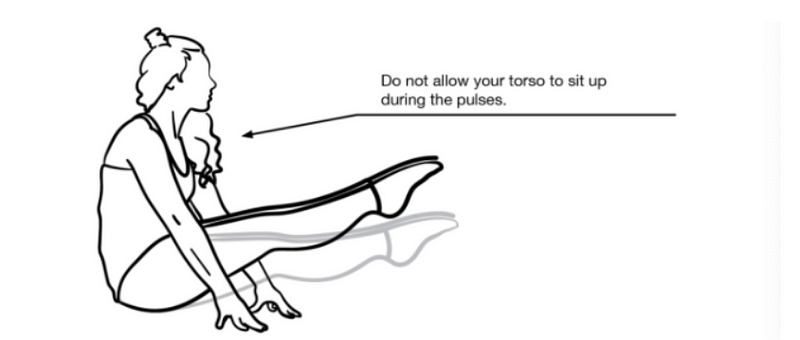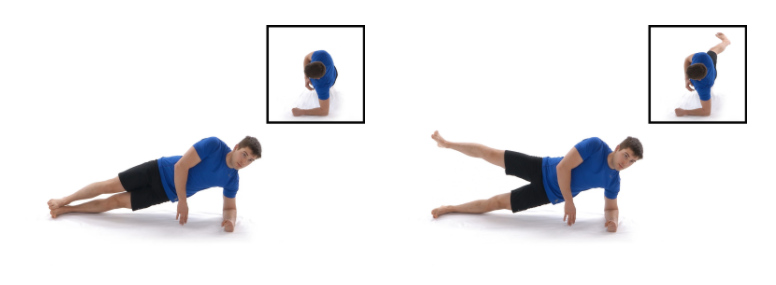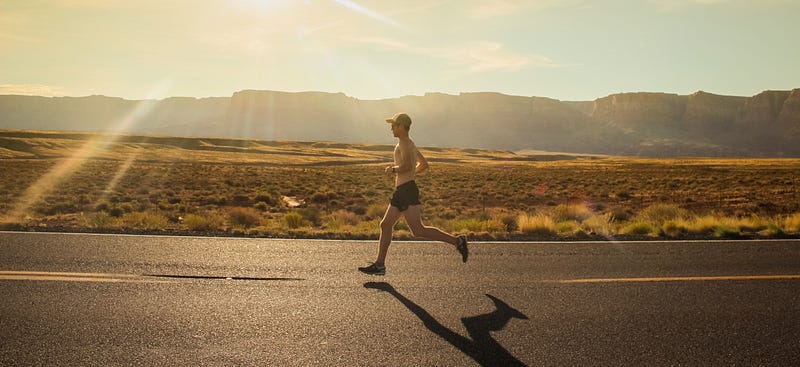Unlock Your Running Potential with These 3 Essential Exercises
Written on
Chapter 1: The Importance of Resistance Training
Are you looking to boost your running performance while minimizing the risk of injuries? Incorporating resistance training into your routine can be a game-changer. Many runners tend to avoid weight training, yet it is often precisely what they need to enhance their performance. Whether you feel intimidated by the gym environment or simply lack the time for a full workout, there's a solution for you. The most effective resistance exercises often utilize your own body weight, requiring no special equipment or gym memberships.
While there are countless excellent calisthenic movements designed for runners, let’s spotlight a few that often fly under the radar. This isn’t a definitive list of the best exercises for runners but rather a reminder of some lesser-known yet highly beneficial movements. While traditional exercises like squats, lunges, and glute bridges are valuable, we can certainly benefit from diversifying our approach to stability, balance, and movement patterns.
To elevate your strength, stability, and overall running performance, consider integrating these three exercises into your routine!
3 Exercises to Enhance Your Running Performance
If you have a history of musculoskeletal injuries or have concerns about starting resistance training, it’s wise to consult with a healthcare provider. There are modifications suitable for all skill levels, and it’s always beneficial to receive tailored advice.
You can incorporate these exercises into your leg day or perform them 2-3 times a week as a mini-workout or warm-up. Aim for 10-15 repetitions and 2 sets for each exercise as you progress. Let's dive into the exercises!
(Assisted) Pistol Squats

Instructions: Perform 10 reps on each side. Begin by balancing on one foot, then gradually lower your body until you reach a comfortable depth. At the lowest point, push through your heel and engage your glutes to return to the starting position. Keep your entire foot on the ground throughout the movement. Feel free to adjust your arm positioning to aid balance!
Modifications: This exercise can be made accessible for nearly everyone. Start by focusing on the lowering phase, using a chair or box for support, and then rise with assistance. If available, use a TRX or gymnastic rings to lessen the load on your legs.
Why This Matters: Pistol squats can reveal unilateral weaknesses and compensatory patterns. This exercise enhances joint stability, balance, and confidence in your lower body strength. As it's more advanced, start with a modification before attempting the full movement.
Hip Hikes

Instructions: Begin seated upright with your hands in front of you. Keeping your torso steady, raise your legs straight up to your maximum range, then lower them back down with control. Aim for 10 consecutive reps followed by a brief rest. You should feel a localized burn in the front of your hips and a challenge in your core.
Modifications: If lifting your legs from this position is difficult, try lying down for single-leg raises. Progress to double-leg raises and then to elevated positions on your elbows to activate your hip flexors. Ultimately, work up to completing the seated version for 15 reps.
Why This Matters: The hip flexors are often the most neglected muscle group in our bodies, yet they play a critical role in both walking and running. Strengthening them is essential for enhancing performance and preventing injuries.
Side Plank Leg Raises

Instructions: Position yourself so that only your foot and forearm touch the ground. Ensure your neck is relaxed and your core is engaged. Slowly raise your leg straight up without letting your hips sag. Complete around 10 controlled reps before switching sides.
Modifications: If the full movement is too challenging, start with a standard side plank hold. To incorporate leg raises, drop to your knees for support during the side plank.
Why This Matters: Runners primarily train in the sagittal plane, which can lead to overuse injuries if we neglect other movement planes. Exercises like the side plank leg raise help build versatile, resilient hips and strengthen the core. This movement is vital for gaining functional strength and reducing the risk of running-related injuries.
Bonus: Looking for more exercises like these? Check out my strength training guide here!

Conclusion
In conclusion, whether you're new to resistance training or seeking variety in your workout routine, these exercises are essential for every runner. Regardless of your age, skill level, or fitness background, resistance training can greatly benefit your running journey. It only takes a few sessions to start feeling the positive impact of challenging your body beyond just running.
Keep striving on the roads, but remember to dedicate time to your strength training as well. Cross-training may be the key to maintaining your running regimen, especially when the going gets tough.
Happy training!
-David Liira.Kin
The first video, "The Only 3 Exercises You NEED to Run Faster," offers insights into crucial exercises for improving your speed and efficiency.
The second video, "QUIT Running & Do These 3 Exercises Instead," discusses alternative exercises to enhance your running performance and reduce injuries.